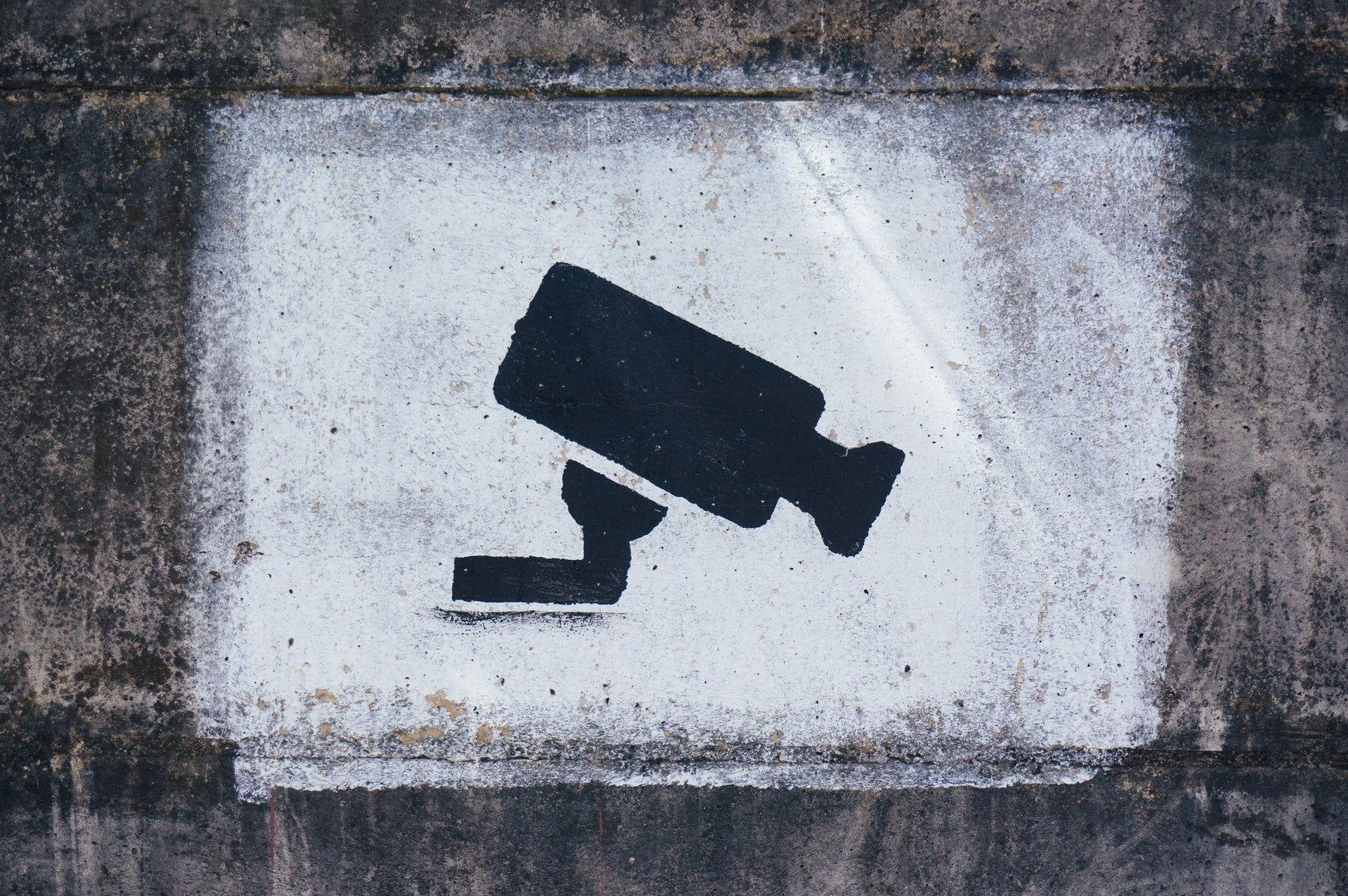Request Dealer Price

Outdoor Surveillance Installation Complete Guide - Part 1
Why is there severe jittery on the monitoring screen?
What to do if the infrared effect works poorly at night?
What caused a moisture camera lens?
Do you often encounter similar problems during the installation process? Irregular monitoring installations may lead to these problems, so here are the factors that you should pay attention to while installing a surveillance system.
Installation Position Selection
The position selected should be suitable for the installation, use, and maintenance of the camera as follows judgment basis:
- The camera installation position should be away from any high-voltage cables.
- The camera installation position should not be easily affected by external interference or damage with a stable and firm mounting bracket.
- The installation position should prevent the camera from blocking by road signs or branches.
- The installation location should avoid low-lying areas to prevent equipment from being submerged
- Outdoor cameras should be equipped with lightning protection equipment and with nearby grounding devices.
Wiring requirements
- The signal transmission line must maintain a distance of at least 450mm from high-voltage equipment or cables.
- Wires with different electricity power levels cannot be bundled and routed within the same pipe.
- Route the outdoor wiring along and under the eaves if possible.
- For open areas, pipes must be steel sealed and routed in a buried way, also grounded at one point. Overhead wiring is prohibited.
Waterproof requirements
- When the installation adopts an L-shaped pole, the crossbar should take a certain upward angle to prevent rainwater from pouring down to the top of the camera due to the poor sealing of the crossbar.
- Pay attention to the waterproof treatment of the wiring joint and terminal to prevent abnormal imaging due to corrosion. The outlet of a wall-mounted camera with side wiring has to be facedown, also place the power adapter in a distribution box.
- While installing a dome camera, avoid transporting by the output cable of the portable dome camera to prevent loosening of the waterproof part and deterioration of the waterproof performance. While installing a threaded bracket, do not connect the wire before the rotating installation to prevent stranded wires, cables damage, and abnormal signal.
Lightning protection and grounding
- To maximize the lifetime of equipment, the camera, pole, front-end chassis, and others equipment should be grounded.
- If the camera is installed on a concrete pole or wall, it needs to be earthed nearby; if the camera is installed and well-connected on a metal pole, it can be earthed indirectly via the metal pole.
- Install additional high-power lightning protection equipment and lightning rods in severe thunder storming or high-voltages induced areas such as high-voltage substations
Having said so many precautions, we are going to explain specific actual scenes and situations that installers may encounter during installation in the next article. Stay tuned!

Leave a comment